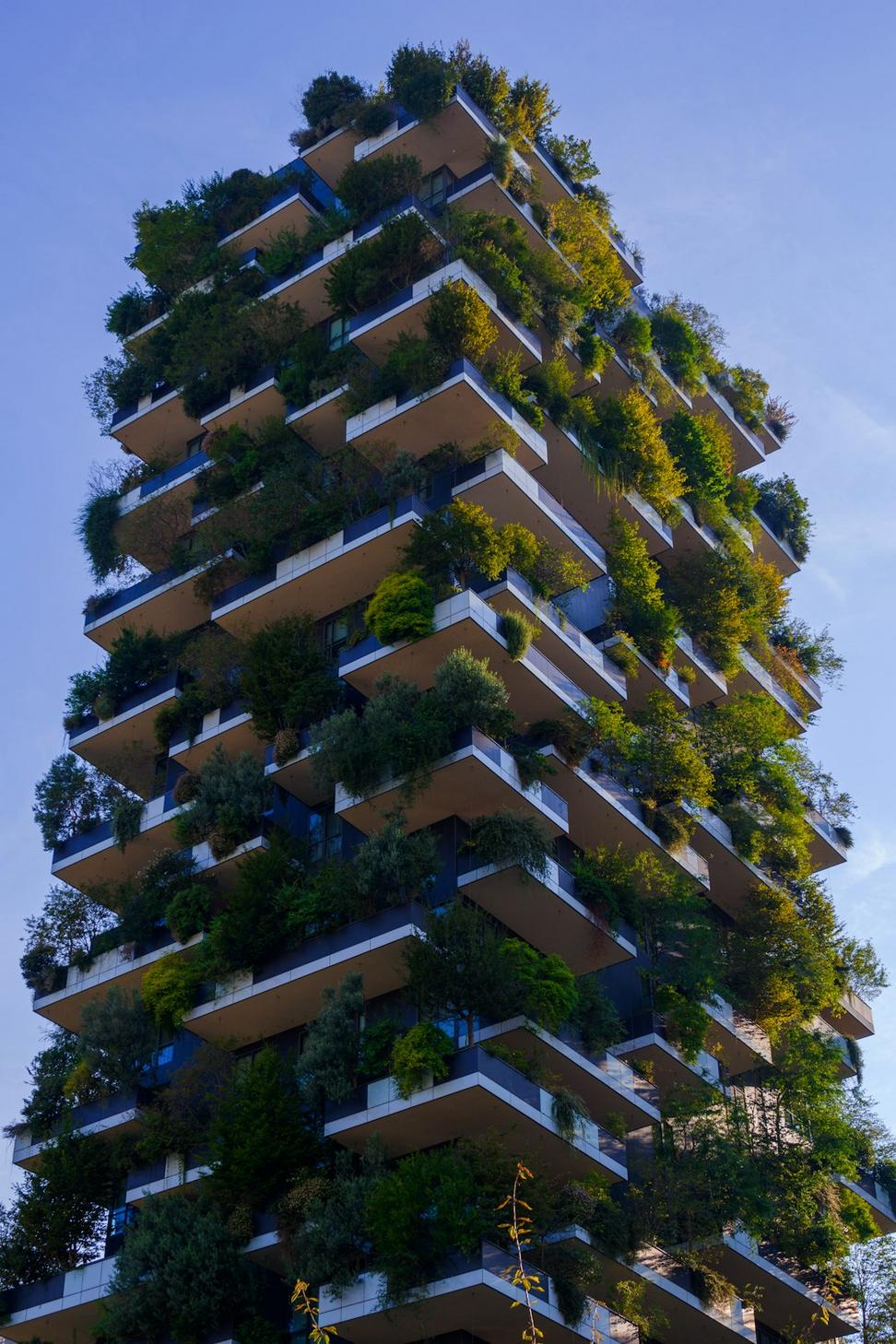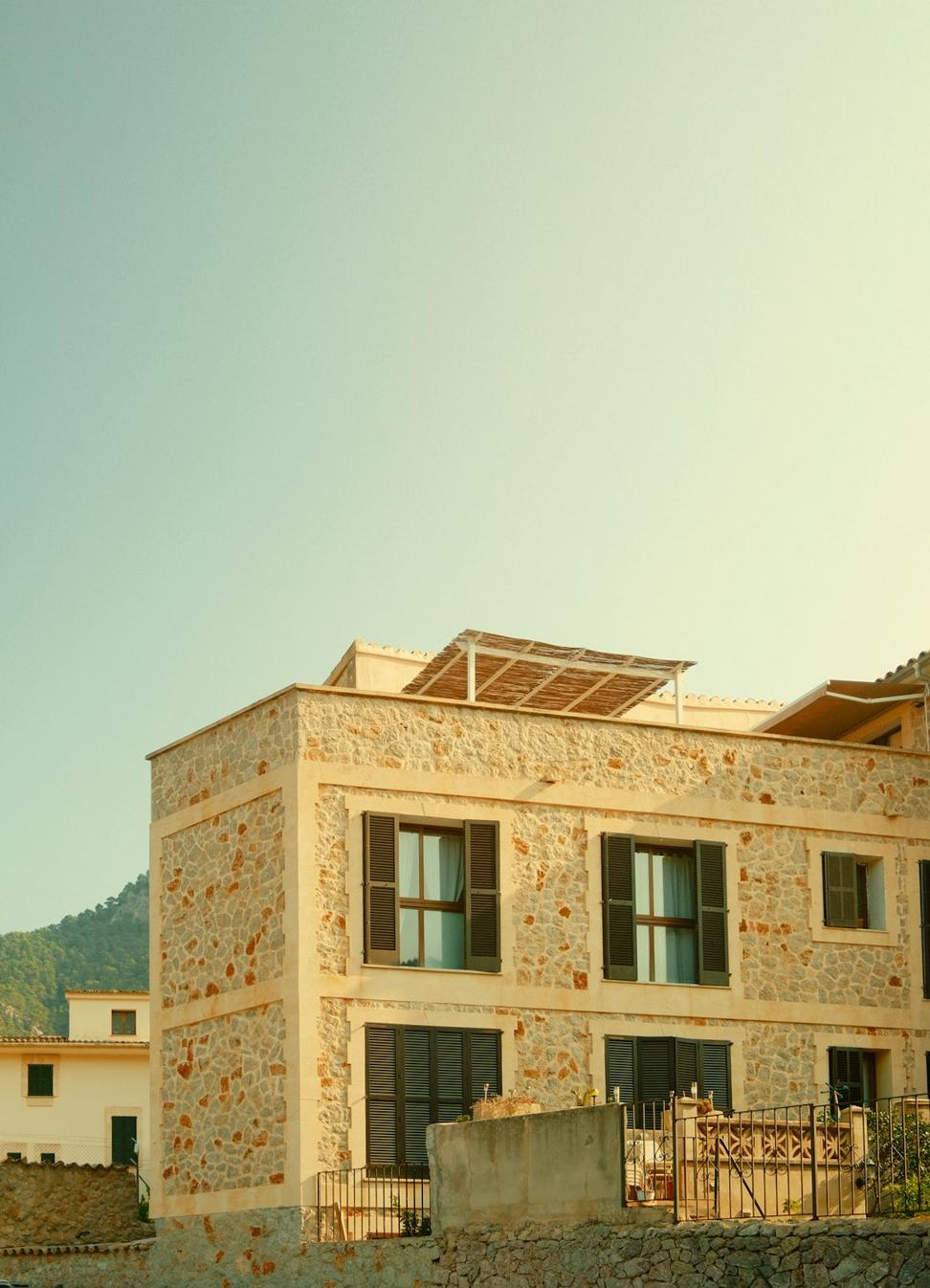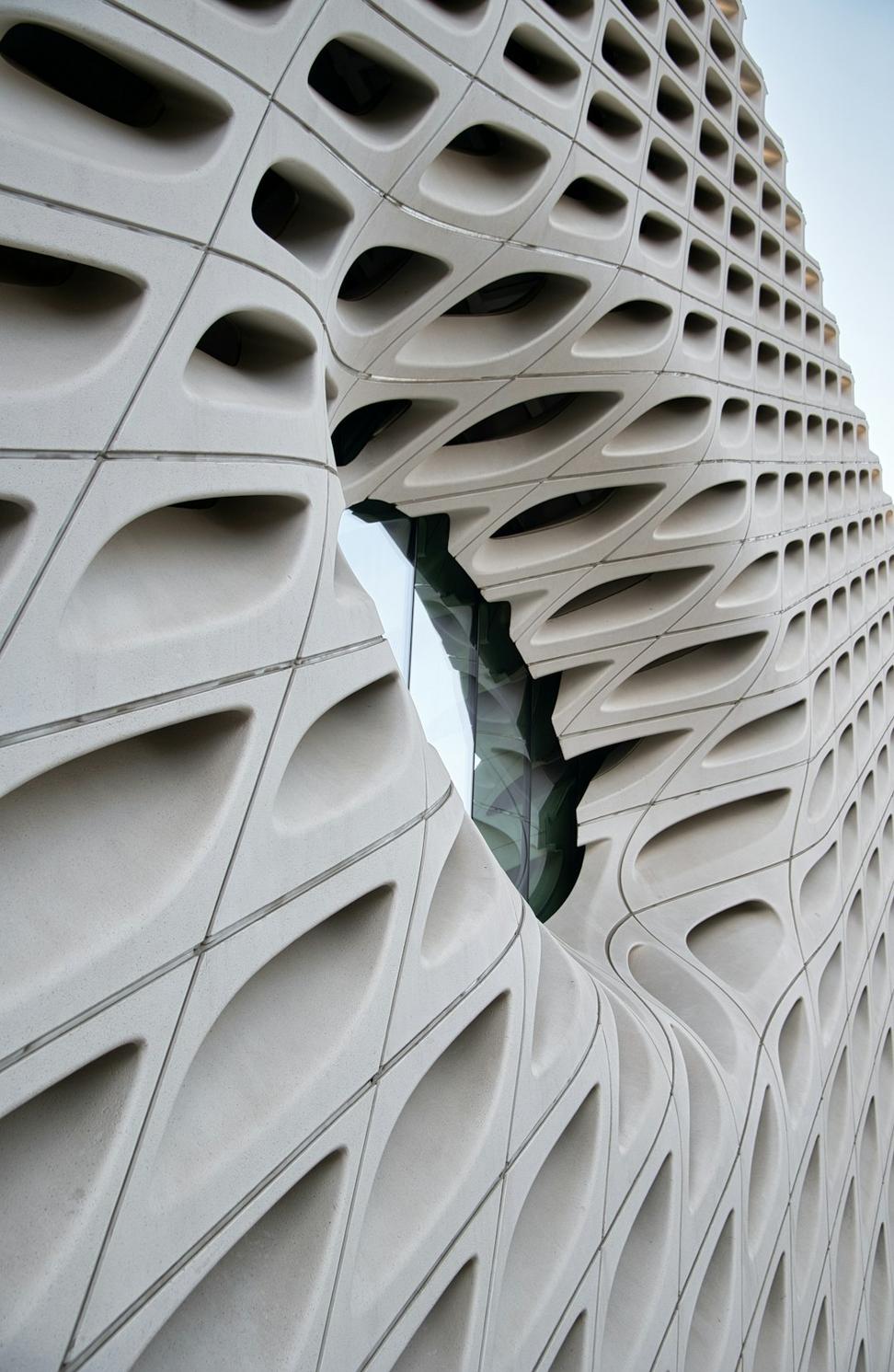
How We Actually Approach This
Look, I'll be straight with you - sustainable architecture isn't some magic formula. After fifteen years of doing this in Vancouver, I've learned it's really about understanding how buildings interact with their environment and making smart decisions at every step.
We start by listening. What's the site telling us? Where's the sun coming from? What's the wind doing? How does water move through this area? Sounds basic, but you'd be surprised how many firms skip this part and jump straight to the flashy stuff.
Then we dig into the details - material lifecycles, energy modeling, daylighting studies. The unglamorous work that actually makes a difference. Because honestly, a building covered in solar panels that leaks heat like crazy isn't sustainable, it's just expensive.

